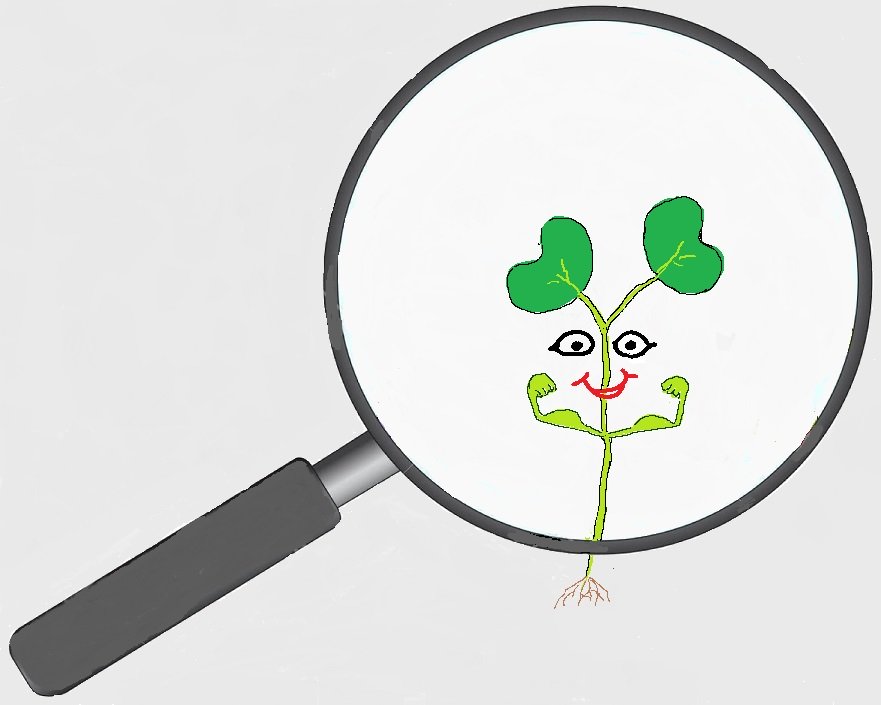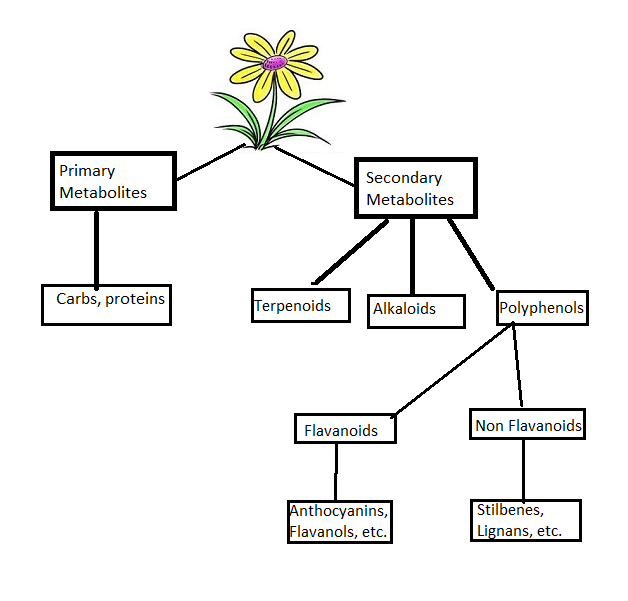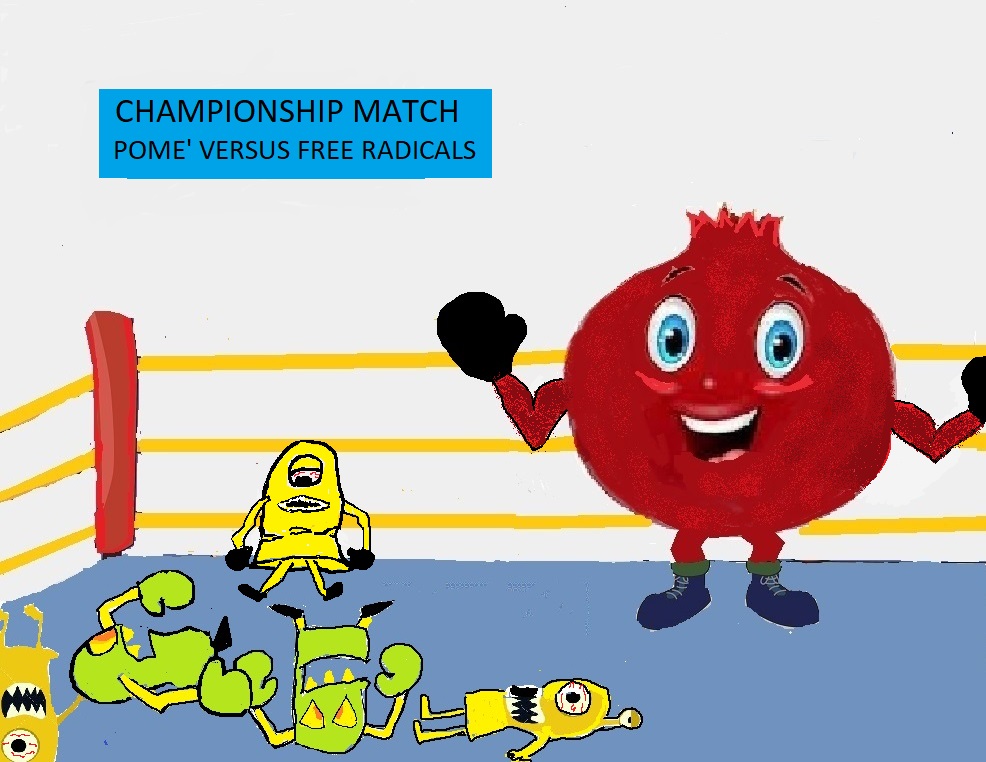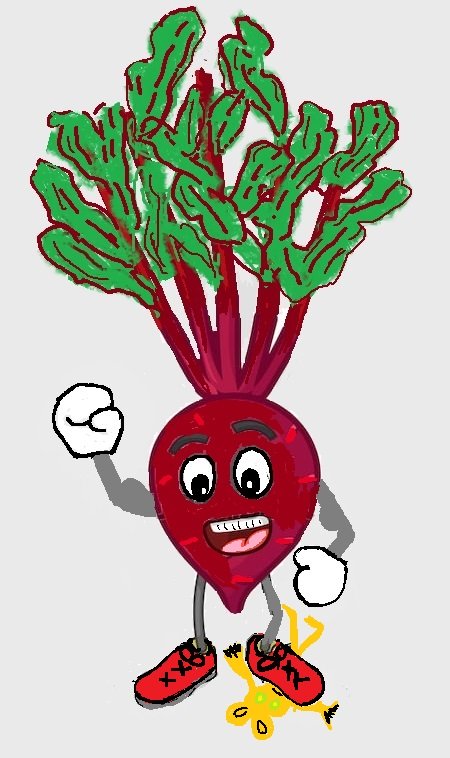- Home
- Polys & Superfood
- Superfood Benefits of Microgreens
The Superfood Benefits Of Microgreens And Sprouts
The superfood benefits of microgreens and sprouts are like veggies on steroids. They have health promoting or disease preventing properties that are often higher than their mature versions.
And in this toxic world, they are an essential way to protect your health. Plus, they're tasty and easy to grow.
What Are Microgreens?
Microgreens are seedlings of a variety of different vegetables and herbs, ranging in size from 1-3 inches. They can be grown in soil, on special mats or hydroponically.
Microgreens are harvested by cutting them off at soil level 1-3 weeks after planting. You don’t eat the roots of microgreens. At this time the cotyledon is fully developed and the first true leaves have emerged.
(Cotyledons are the embryos in plant seeds. Once seeds germinate, the cotyledons become the seedling's first leaves. They provide an energy source for plants to grow.)
True leaves will be larger than cotyledons and look like the plant. In other words, the true leaves of lettuce microgreens will look like miniature lettuce.
What Are Sprouts?
Sprouts are produced by germinating seeds that have been soaked in water, and grown in high humidity and low light conditions.
Sprouts are ready to eat when the cotyledons are still under-developed and true leaves have not begun to emerge, usually after 3–5 days from seed hydration. With sprouts, you eat the entire plant (root, seed, and shoot).
There are a couple of things that microgreens and sprouts have in common:
- They are easy to grow
- You can use the same seeds to grow both - and nutrient bioavailability, and the content of health-related phytochemicals like glucosinolates and natural antioxidants, are usually higher in than in the mature versions of the same plants.
- You use the same seeds to grow both.
- They are a great way to add more raw foods to your diet.
The Need For Superfoods
You can't avoid all toxic exposure. Even if you followed all the advice on this website! There’s just some exposure you have no control over.
And this exposure causes obesity, chronic inflammation, fatty liver disease, cancer and other chronic diseases and damages your gut health.
Fortunately, your body has internal defenses like an awesome liver and antioxidant system, that protect you from toxic chemicals. But, constant toxic exposure can overwhelm your body’s defenses.
When that happens, toxic chemicals that your body should be breaking down and excreting end up hanging around. These defenses also become less efficient and break down if you don’t feed your body right.
That’s why a healthy diet that includes the superfood benefits of foods that are loaded with beneficial phytochemicals, is so important in this toxic world. Think of superfoods as proactive protection against toxic chemicals.
- Phytochemicals are plant chemicals that protect
plants from disease and predators, give plants their vibrant colors and make
hot peppers hot.
- The terms "phytonutrient" and "phytochemical" are being used
interchangeably to describe these plant compounds.
- Some of the common classes of phytochemicals include:
Carotenoids, Flavonoids (Polyphenols), including Isoflavones (Phytoestrogens),
Inositol Phosphates (Phytates), Lignans (Phytoestrogens), Isothiocyanates and
Indoles, Phenols and Cyclic Compounds, Saponins, Sulfides and Thiols, and
Terpenes.
- The best-known phytochemical antioxidants are carotenoids
(beta-carotene, lycopene, lutein, zeaxanthin, and astaxanthin), polyphenols
(anthocyanidins, catechins, flavonoids, tannins, and procyanidins) and and
glucosinolates (sulphur-containing compounds found in cruciferous veggies).
- Carotenoids, polyphenols, and glucosinolates act as
detoxifiers against oxidative stress. Oxidative stress occurs when your body is
producing more free radicals than your antioxidant system can handle.
- An imbalance of oxidants and antioxidants in the body can
lead to the development of certain chronic diseases, like cancer, diabetes,
and cardiovascular disease.
- Some phytonutrients, like stilbenes, also disrupt inflammatory pathways and kill cancer cells.
The Superfood Benefits of Microgreens and Sprouts
Superfoods like blueberries, beets and ginger are loaded with bioactive compounds like vitamins, minerals, and antioxidants and other phytochemicals.
These are things your body needs to break down and excrete toxic chemicals, kill cancer cells, destroy free radicals that cause inflammation and reduce existing inflammation. They’ve also been shown to protect your liver from fatty liver disease and your gut health.
Here’s an example. There are enzyme systems in your cells that your body needs to detoxify cancer-causing substances. These systems can be activated by compounds made from glucosinolates.
It’s well known that cruciferous vegetables (Brassica) like broccoli, cabbage, and radish contain significant amounts of cancer-fighting glucosinoates.
And guess what? Microgreens and sprouts of these important cancer-fighting foods contain even higher concentrations of glucosinoates than mature veggies.
For example, studies have found three-day-old broccoli sprouts contained 10–100 times more enzyme activators than the corresponding mature vegetable. Research has also found that broccoli sprouts contain much, much higher levels of sulforaphane than mature broccoli, especially 3-day old sprouts.
So, what the heck is sulforaphane? Sulforaphane is a sulfur-rich type of glucosinolate phytochemical that is released when you chew your broccoli and other cruciferous plants.
And it's not just any old phytochemical - it is the most potent naturally occurring inducer of phase II detox pathways, like glutathione and its enzyme helpers. What that means is it makes the enzymes more active and it also stimulates your liver to make glutathione.
Think of microgreens and sprouts as amplified versions of mature veggies. They are tiny powerhouses of phytochemicals like anthocyanins and flavonoids that have antimicrobial, antioxidative, anti‐inflammatory, and anti‐cancer properties.
Adding the superfood benefits of microgreens and sprouts to your diet is a powerful and easy way to protect your health. In fact, a 2018 review of microgreen studies has defined microgreens as a new food for the 21st century, citing their anti-inflammatory, anti-carcinogenic, anti-obesogenic and anti-atherosclerotic superfood benefits.
The Best Microgreens And Sprouts To Grow And Eat
There are dozens of different vegetables rich in different nutrients. And the same holds true for their micro versions. There are dozens of different types of microgreens and sprouts with a variety of different bioactive compounds.
Commonly grown microgreens and sprouts include:
Brassicaceae family: Cauliflower, broccoli, cabbage, watercress, radish and arugula
Amaranthaceae family: Amaranth, quinoa, swiss chard, beet and spinach
Asteraceae family: Lettuce, endive, chicory and radicchio
There are a couple of things to think about when you pick the microgreens and sprouts you want to grow.
First, especially in the beginning, you want to pick the ones that are easiest to grow. Members of the Brassicaceae family are commonly used for sprouts and microgreens.
And, in my opinion, they are the easiest types to grow and sprout. I also believe that sprouts are easier to grow than microgreens. I would suggest that anybody interested in adding the superfood benefits of sprouts and microgreens to their diet start by sprouting broccoli seeds.
Second, sprouts and microgreens are a superb way to add more veggies to your diet. For me, I like most veggies, but I despise broccoli. I never ate it.
However, I LOVE broccoli sprouts. I sprout and eat a jar full every week. So now I get the enhanced superfood benefits of broccoli on a regular basis.
The third thing to think about when choosing which types to grow are the superfood benefits of the microgreens and sprouts. Another reason why the Brassicaceae family is commonly used for sprouts and microgreens is that this group of vegetable are also rich sources of bioactive compounds.
These include the cancer preventing sulforaphanes, polyphenols, anthocyanins, ascorbic acid, carotenoids, and tocopherols. In fact, comprehensive testing of 5 Brassica species microgreens found a total of 164 polyphenols including 30 anthocyanins, 105 flavonoids, and 29 other antioxidant nutrients like hydroxycinnamic acid.
A 2019 study of 21 varieties of Brassica as microgreens reported that Purple Kohlrabi, Red Cabbage, Broccoli, Tucsan Kale, Red Komatsuna, Tatsoi, and Green Cabbage had the highest nutritional content.
A 2021 study of five Brassicaceae species: broccoli, daikon, mustard, rocket salad and watercress found that broccoli microgreens had the overall best nutritional profile.
So which ones should you add to your diet? Well, while variety is important, start with broccoli sprouts because they are easy to grow and chock full of polyphenols.
Once you’ve mastered broccoli sprouts add other brassica microgreens and sprouts, cabbage, radish and kale. They are easy to grow and contain cancer-fighting glucosinolates. They are also rich in carotenoids, especially lutein, zeaxanthin, and β-carotene.
But don’t stop there. You wouldn’t eat broccoli and cabbage every day, would you? So, try a variety of microgreens and sprouts.
Growing Sprouts
There are 2 things you need to grow broccoli sprouts, chemical-free sprout seeds and a Mason Jar Sprouter. If you have a wide mouth quart mason jar all you need are sprouting lids.
I grew sprouts in trays for many years so I can tell you from experience that canning jar sprouters are WAY easier to use.
- Just place 1 or 2 tablespoons (lower amount for larger seeds) in your jar. Fill your jar ¾ full with water and soak for 6-8 hours.
- Drain and tilt jar to drain further. To tilt the jar you can buy a sprout jar holder or I use bowls with straight sides to tip my jars at an angle.
- Keep the jar away from direct light. You want high humidity and low light for sprouting.
- After 8 hours refill jar and drain immediately.
- Repeat several times a day until sprouts are the size you want. I usually put them in indirect light for several hours to green up.
- When they are ready, store in the fridge. Since I have several sprouting jars, I just place the whole jar in the fridge. The mesh lid allows for airflow and keeps them from getting moldy.
ABOUT SEEDS
Make sure to buy high quality with good germination rates. Make sure the seeds were not treated with chemicals or coated in any way, and that they are specifically to produce sprouts and microgreens.
This will guarantee that they have been produced and processed following high food safety standards and regulations to avoid any microbial contamination. I’ve had great success with Todd’s Seeds, Nature Jim’s and Country Creek Acres.
Growing Microgreens
Microgreens aren't sold in most grocery stores. Plus they're expensive and once you harvest them, they start to lose they're protox benefits within 1 day.
The good news is - Microgreens are almost as easy as sprouts to grow. Especially if you have a sunny window that gets at least 4 hours of sunlight a day.
If you have such a window it’s really cheap to get started. My initial investment was about $20. I got a microgreen seed variety pack, organic seed starter and some cheap disposable loaf pans from a dollar store. Glass or metal casserole dishes work well also.
Every week I planted a new tin for a total of 4. Within 2 weeks I had my first crop. Since they germinate best at 65-75 degrees during the winter I use a heat mat and thermostat to promote germination.
There are microgreen growing kits available but most of them are plastic. And you know how I feel about plastic. There are some kits like this one where you can replace the plastic insert with pyrex or stainless steel.
If you don't have a sunny window to grow microgeens you can try using a red/blue LED light. Or just stick to sprouts.
Directions for Planting
Place 2 inches of seed starter in a loaf pan (or whatever container you want) and water until moist. Sprinkle the top of the soil with seeds. You should almost cover the top of the soil with seeds.
Sprinkle a very light layer of soil on top of the seeds and gently pat down. Place in a sunny location. Cover ( I used the covers that came with the tins), until the seeds germinate.
Remove the cover and keep the soil moist while they grow. You can harvest them once they get their first set of leaves. Just snip them off near the soil.
For more detailed info on Growing Microgreens check out this step-by-step guide for growing them at home from the Penn State Extension office.
Using Microgreens
Adding the superfood benefits of microgreens and sprouts to your diet is soooo easy. You can throw them on salads and in smoothies.
Add them to sandwiches, and stir fries and use them in your favorite pasta dishes. Garnish your soups with them. Top cooked pizzas and potato dishes with them.
I use them a lot to top the grain bowls and bean salad recipes I concoct. And while raw is always better, I use them weekly in my crock pot egg white fritatas. Here's the recipe:
- Grease a 4 quart crockpot and add a 1 inch layer of microgreens and chopped spinach and kale to the bottom.
- Mix together 10 egg whites, 1 whole egg, a splash of milk, 1/3 cup of your favorite grated cheese and your favorite spices. I use things like garlic, smoked paprika, cracked pepper and greek seasoning.
- Pour over the greens and cook on low until set. Usually 2 hours, but my crockpot runs hot. Makes 4-6 servings.
For more inspiration there are plenty of recipes online and I did find one good microgreen
cookbook that's available.





